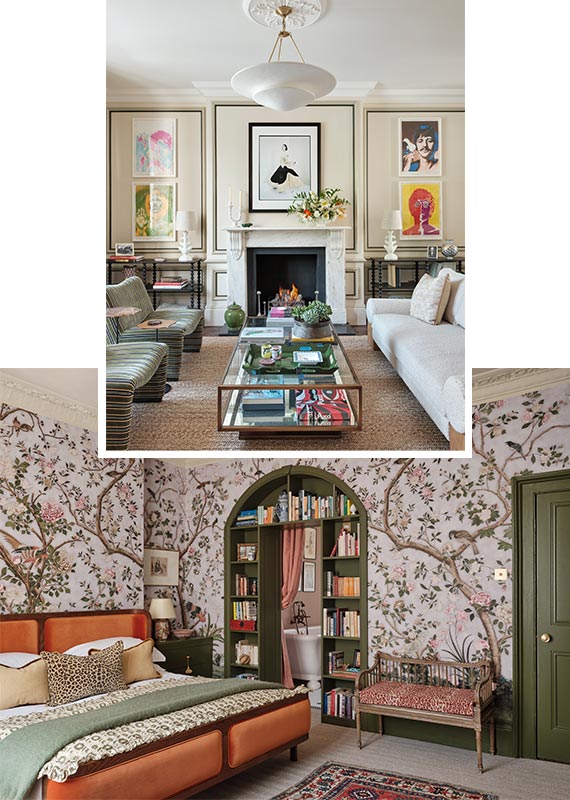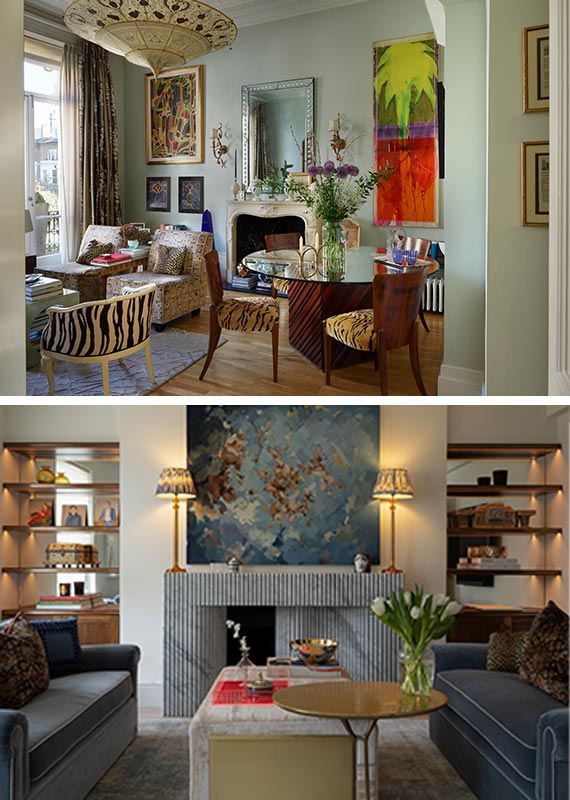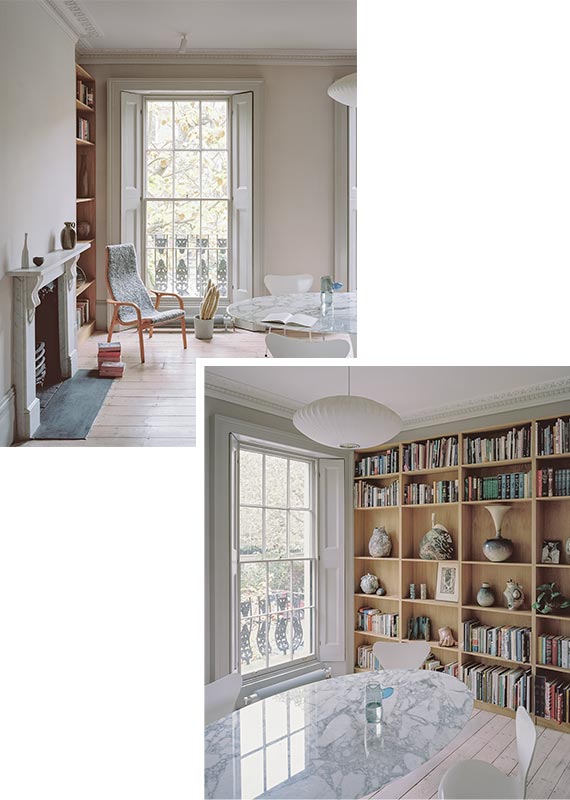Forget postcode envy or the race for more space – today’s dream homes are less about big statements and more about thoughtful ones. For a new generation of homeowners, it’s not just where you live, but how you live that counts. And according to three leading designers, this year’s buyers are rethinking what it means to truly feel at home – from wellness-driven layouts to handpicked heritage finishes.
 Rebecca Hughes
Rebecca Hughes
Rebecca Hughes, whose namesake studio is behind some of London’s most elegant residential projects, says the narrative has changed. “We’re witnessing a significant shift in our client base, with a notable increase in young high-net-worth families seeking comprehensive design services. These next generation clients approach interior design differently – they value authenticity and uniqueness over traditional status symbols.” She describes a cohort that’s highly visual, digitally savvy and emotionally invested in every design decision. For these homeowners, the dream isn’t marble for marble’s sake – it’s about knowing where that marble came from, who quarried it, and how it speaks to their lifestyle.
This new breed of buyer is more collaborative, more curious, and often more conscious. “They’re interested in the narrative behind each piece, the sustainability credentials of materials, and how their spaces can adapt to their evolving lifestyles,” Rebecca adds. That means practical elegance – a coffee station that hides behind beautiful joinery, or bold floral wallpapers tucked inside an otherwise pared-back space – and a growing appetite for reclaimed, reimagined and responsibly sourced interiors.
This new breed of buyer is more collaborative, more curious, and often more conscious. Rebecca Huges
 Tomèf Design
Tomèf Design
For Tommaso Franchi, founder of Tomèf Design, a dream home is one with narrative. “My experience with clients has shown that increasingly, homes need to tell a story, to enhance their owners’ lifestyle rather than focus solely on aesthetics, square footage or location.” This shift is reflected in more fluid layouts – think soft zoning with drapery or screens, and layered material palettes with a reverence for artistry. “I’m seeing a renewed appetite for pieces that are handcrafted and richly detailed,” he says. “Clients want items that feel bespoke and are rooted in artistry and heritage.”
Architecturally, the line between old and new is more finely drawn than ever. While period properties still hold a romantic appeal, they’re being retrofitted with a quiet efficiency. “Many clients appreciate the character of period architecture but expect it to be balanced with sustainable, high-performance interiors,” says Tommaso. It’s about subtle upgrades – smart tech that hides in cornicing, insulation that doesn’t compromise original detailing, and heirloom pieces that age gracefully with the home.
 Architecture for London
Architecture for London
Sustainability is no longer niche. Amrit Marway, associate director at Architecture for London, says low-energy builds and retrofits are now central to her practice’s work. “We’re finding that most of our clients come to us because they want a low energy home that achieves the highest sustainability and comfort standards.” And while that once meant compromising on aesthetic – especially in listed buildings – that’s no longer the case. “A low energy retrofitted home can be fitted out quite cleverly with minimal impact on the original features,” she explains. “There are thinner types of insulation with a higher performance value that could improve the air tightness and thermal envelope of an old building.”
Perhaps most telling is the renewed focus on spatial planning. All three designers agree: luxury is no longer about size. “Luxury isn’t about square footage, it’s about intention,” says Rebecca. Tommaso adds, “Even in a small apartment I always try to incorporate a hallway… it immediately sets a luxurious and spacious tone.” And Amrit points to multi-functionality – spaces that flex with life, from yoga rooms to music studios – as today’s holy grail.
The takeaway? The dream home of 2025 is quietly confident. It’s curated and considered, where meaningful design decisions take precedence over flashy ones. It’s a sanctuary with soul – a place that works hard behind the scenes, and looks fabulous while doing it.
